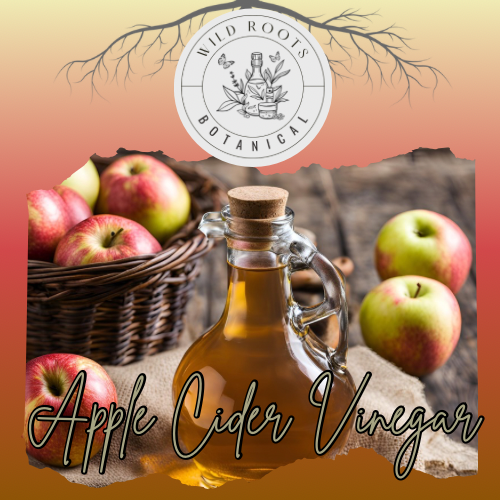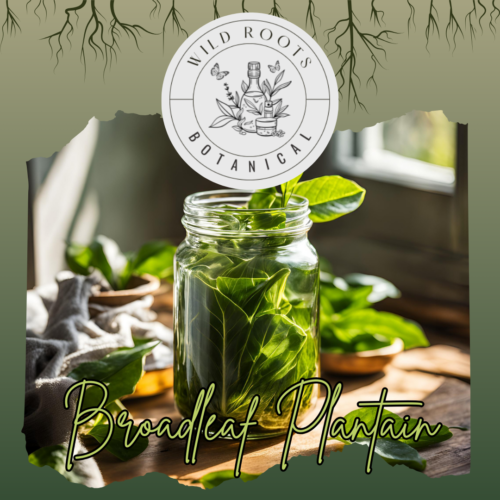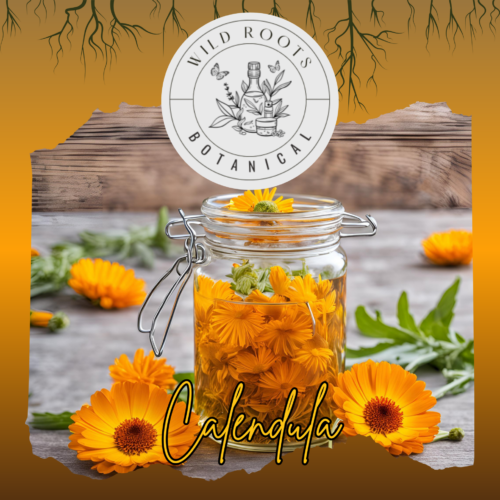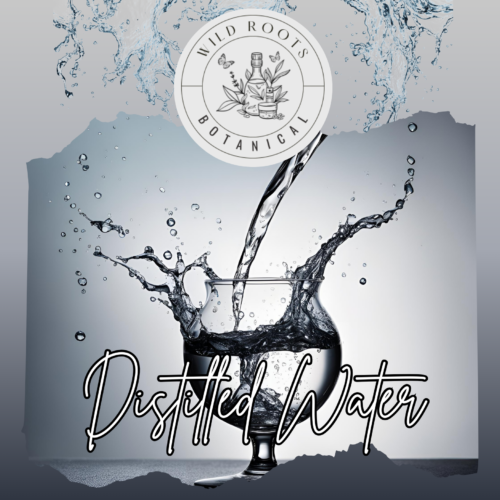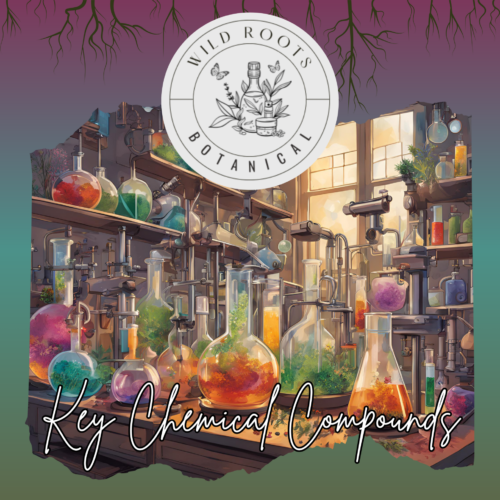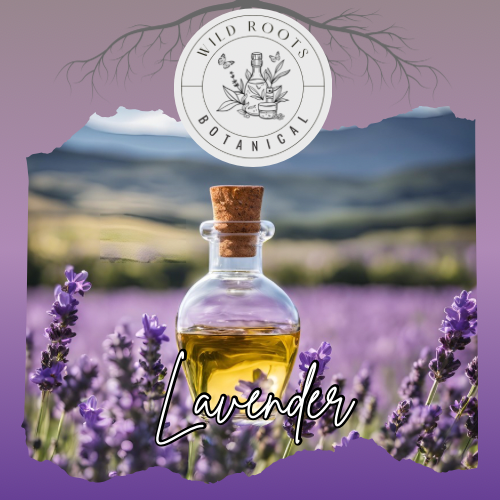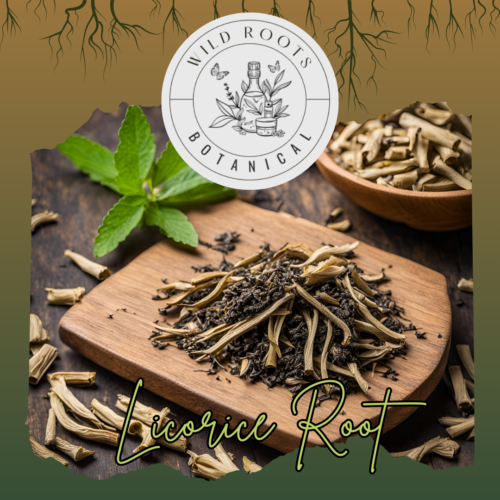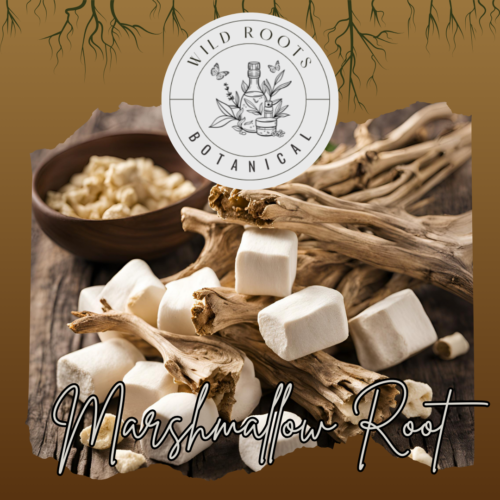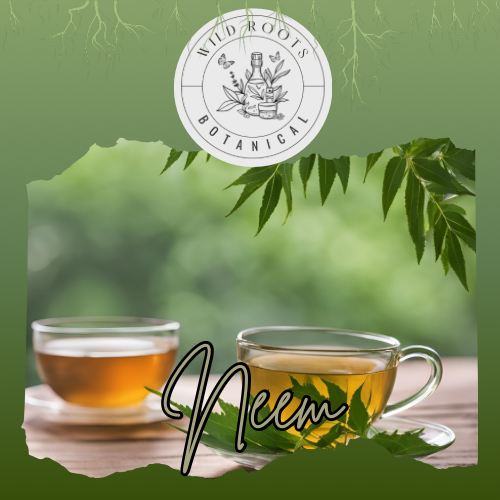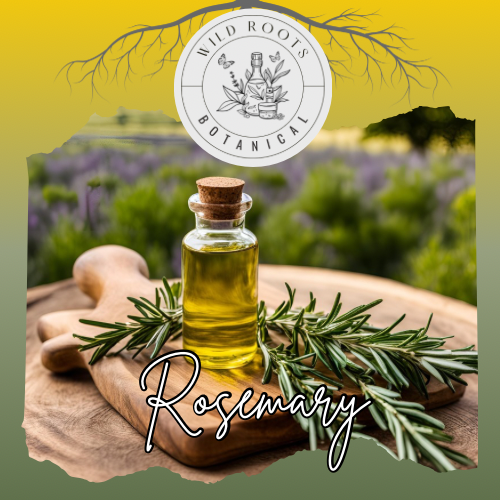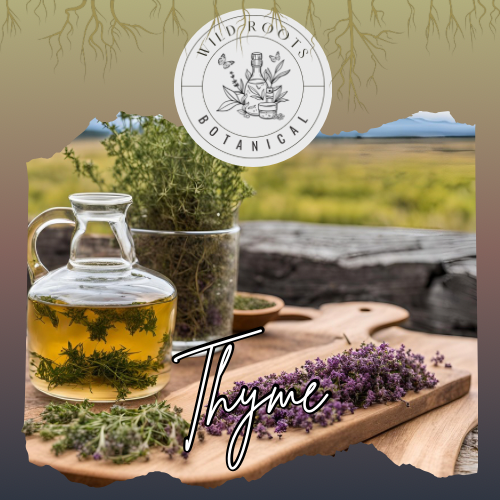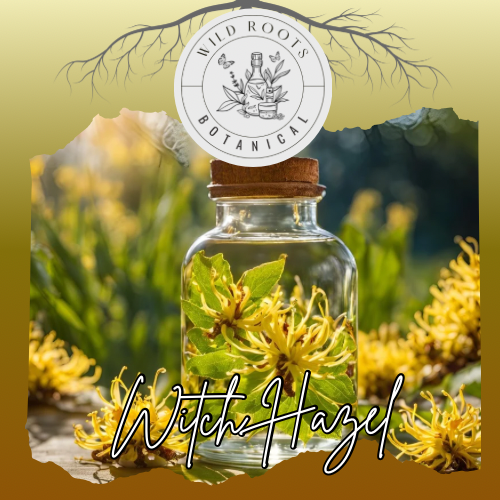Colloidal Silver: Ancient Metal, Modern Medicine – A Comprehensive Guide
Introduction
Colloidal silver, a suspension of microscopic silver particles in a liquid base, has traversed history from ancient civilizations to modern medicine. This remarkable substance, once used by royalty to prevent food spoilage and treat ailments, continues to intrigue researchers and practitioners with its potential applications in healthcare.
Historical Journey
Ancient Origins
Silver’s medicinal use spans civilizations:
- Ancient Egyptians used silver vessels for water purification
- Persian kings used silver containers to preserve water
- Greek and Roman civilizations used silver for wound treatment
- Middle Ages saw silver utensils prevent food spoilage
Medical Evolution
Historical medical applications:
- Medieval plague treatment
- 19th-century surgical tool sterilization
- Early 20th-century infection control
- Pre-antibiotic era wound dressing
Scientific Understanding
Physical Properties
Characteristics include:
- Particle size (typically 1-100 nanometers)
- Electrical charge
- Surface area to volume ratio
- Suspension stability
- Concentration levels
Mechanisms of Action
Research-supported effects:
- Disruption of bacterial cell membranes
- Interference with bacterial DNA
- Oxidative stress induction in microbes
- Biofilm prevention
- Immune system modulation
Modern Applications
Medical Uses
Contemporary applications include:
- Wound dressing
- Topical infections
- Dental hygiene
- Eye infections
- Surface sanitization
Commercial Products
Available forms:
- Liquid suspensions
- Gels and creams
- Wound dressings
- Coating materials
- Hygiene products
Traditional Uses
Historical Applications
Past uses include:
- Water purification
- Food preservation
- Wound treatment
- Infection control
- Immune support
Modern Traditional Uses
Contemporary traditional applications:
- Immune system support
- Topical first aid
- Water treatment
- Prevention of infections
- General health maintenance
Safety and Precautions
General Safety
Important considerations:
- Particle size consistency
- Quality control
- Concentration monitoring
- Professional guidance
- Storage conditions
Usage Guidelines
Safety measures:
- Proper dosage adherence
- Quality source verification
- Monitoring for side effects
- Professional consultation
- Duration of use
Modern Research
Clinical Studies
Current research focuses on:
- Antimicrobial mechanisms
- Wound healing applications
- Medical device coatings
- Drug-resistant infections
- Safety evaluations
Future Directions
Promising areas include:
- Nanotechnology applications
- Biomedical materials
- Novel delivery systems
- Combination therapies
- Sustainable production
Production Methods
Traditional Production
Historical methods:
- Electrolysis
- Chemical reduction
- Mechanical dispersion
- Arc discharge
- Thermal evaporation
Modern Technology
Current techniques:
- Advanced electrolysis
- Controlled particle size
- Stability enhancement
- Quality control
- Standardization
Quality Factors
Production Standards
Important aspects:
- Particle size uniformity
- Concentration accuracy
- Purity levels
- Stability measures
- Testing protocols
Storage Requirements
Optimal conditions:
- Dark glass containers
- Temperature control
- Light protection
- Contamination prevention
- Stability monitoring
Environmental Impact
Production Considerations
Sustainability factors:
- Energy efficiency
- Water usage
- Waste management
- Resource conservation
- Environmental protection
Disposal Guidelines
Proper handling:
- Proper disposal methods
- Environmental protection
- Waste reduction
- Recycling options
- Safety measures
Fun Facts
- Ancient Phoenicians stored water in silver vessels for preservation
- NASA used silver to purify water on space shuttles
- The term “born with a silver spoon” relates to health benefits
- Silver was used in photography before digital cameras
Regulatory Status
Global Regulations
Variations by region:
- FDA guidelines
- European regulations
- International standards
- Safety requirements
- Labeling requirements
Quality Standards
Industry requirements:
- Production protocols
- Testing methods
- Purity standards
- Documentation
- Safety assessments
References
- Zhang, X. F., et al. (2016). “Silver Nanoparticles: Synthesis, Characterization, Properties, Applications, and Therapeutic Approaches.” International Journal of Molecular Sciences, 17(9), 1534.
- Sim, W., et al. (2018). “Antimicrobial Silver in Medicinal and Consumer Applications: A Patent Review of the Past Decade (2007–2017).” Antibiotics, 7(4), 93.
- Durán, N., et al. (2016). “Silver nanoparticles: A new view on mechanistic aspects on antimicrobial activity.” Nanomedicine: Nanotechnology, Biology and Medicine, 12(3), 789-799.
- Fromm, K. M. (2013). “Silver coordination compounds with antimicrobial properties.” Applied Organometallic Chemistry, 27(12), 683-687.
Traditional Colloidal Silver Recipes & Preparations
Basic First Aid Solution
- Ingredients:
- 10-15 ppm colloidal silver
- Sterile water (as needed)
- Clean spray bottle
- Optional: aloe vera gel for enhanced soothing properties
- Application:
- For direct spray: Use as needed on minor cuts, scrapes, or skin irritations
- For gel mixture: Mix equal parts colloidal silver and aloe vera gel
- Store in dark glass bottle away from sunlight
Wound Care Preparation
- Ingredients:
- 20 ppm colloidal silver
- Clean sterile gauze
- Sterile cotton balls
- Optional: medical-grade honey
- Application:
- Saturate gauze or cotton with solution
- Apply directly to cleaned wound
- Change dressing 2-3 times daily
- For enhanced healing, add a thin layer of medical honey before applying silver-soaked gauze
Eye Wash Solution
- Ingredients:
- 5-10 ppm colloidal silver
- Distilled water (equal parts)
- Sterile eye cup
- Application:
- Mix colloidal silver with equal parts distilled water
- Fill sterile eye cup with solution
- Tilt head and apply to affected eye
- Use fresh solution each time
- Do not reuse solution
Throat Gargle
- Ingredients:
- 10 ppm colloidal silver
- Warm distilled water
- Optional: 1/8 teaspoon sea salt per cup
- Application:
- Mix equal parts warm water and colloidal silver
- Gargle for 30-60 seconds
- Spit out solution
- Repeat 2-3 times daily as needed
- Do not swallow
Nasal Spray
- Ingredients:
- 10 ppm colloidal silver
- Sterile nasal spray bottle
- Optional: 1/8 teaspoon sea salt per cup for isotonic solution
- Application:
- Fill sterile nasal spray bottle with solution
- Use 1-2 sprays per nostril as needed
- Replace solution every 3 days
- Store in cool, dark place
Dental Hygiene Rinse
- Ingredients:
- 10-15 ppm colloidal silver
- Distilled water
- Optional: 1-2 drops food-grade peppermint oil
- Application:
- Mix 1 part colloidal silver with 1 part distilled water
- Add peppermint oil if desired
- Swish for 30-60 seconds
- Spit out solution
- Use once daily after regular brushing
Important Safety Notes:
- Always use high-quality colloidal silver from reputable sources
- Store all preparations in dark glass bottles away from direct sunlight
- Make fresh preparations regularly; don’t store for extended periods
- Use sterile equipment when making preparations
- If irritation occurs, discontinue use and consult healthcare provider
- These are traditional recipes; consult healthcare provider before use
- Keep all preparations out of reach of children
- Label all preparations clearly with contents and date made



